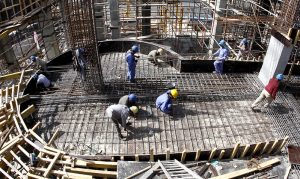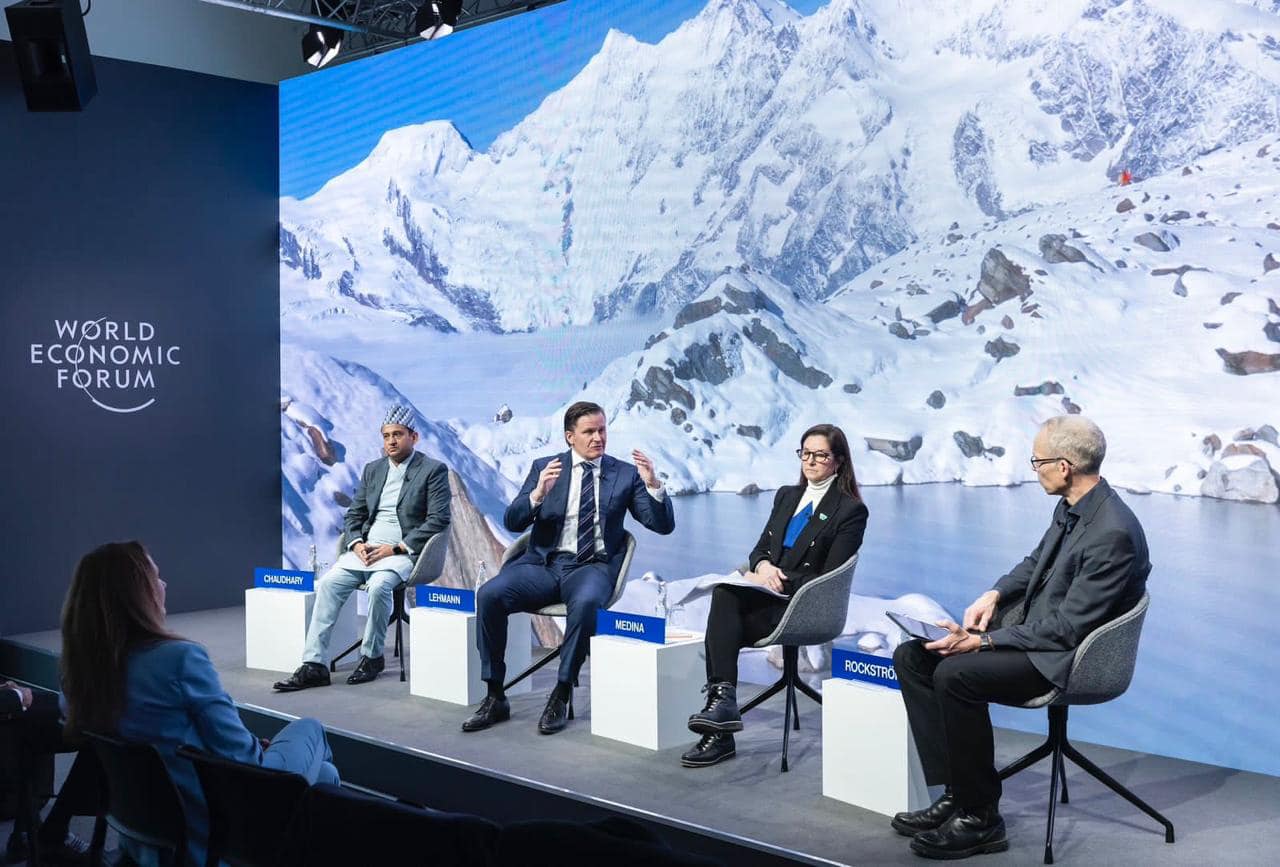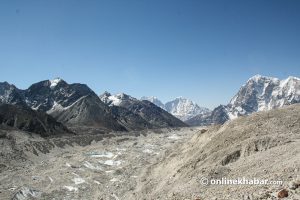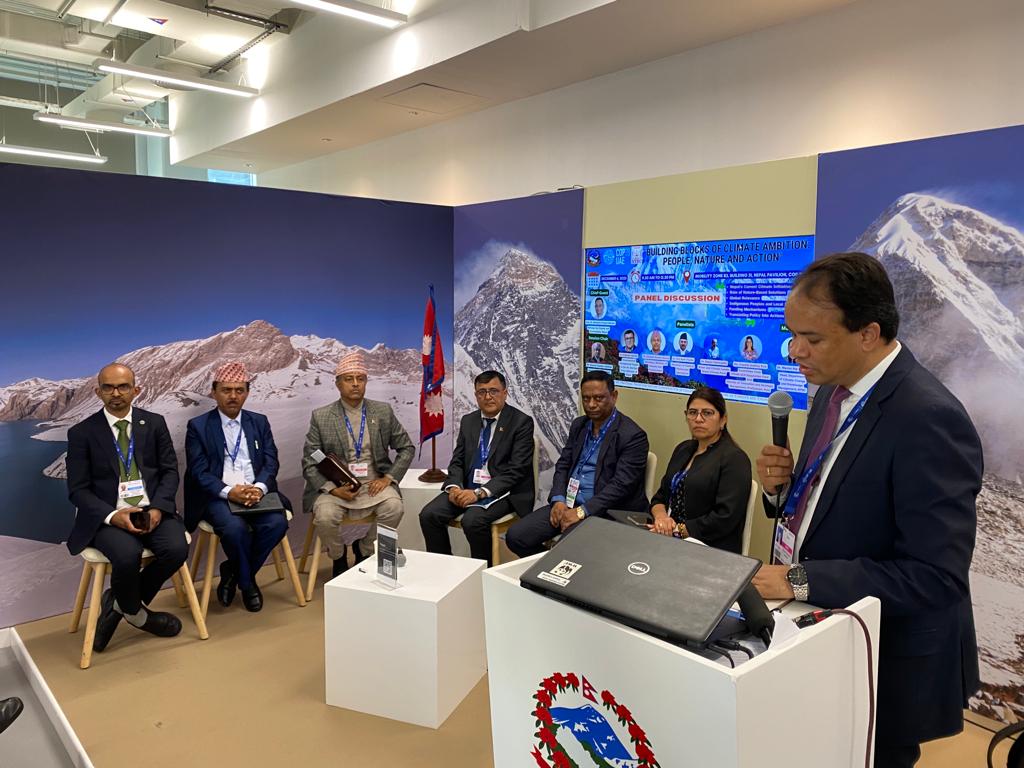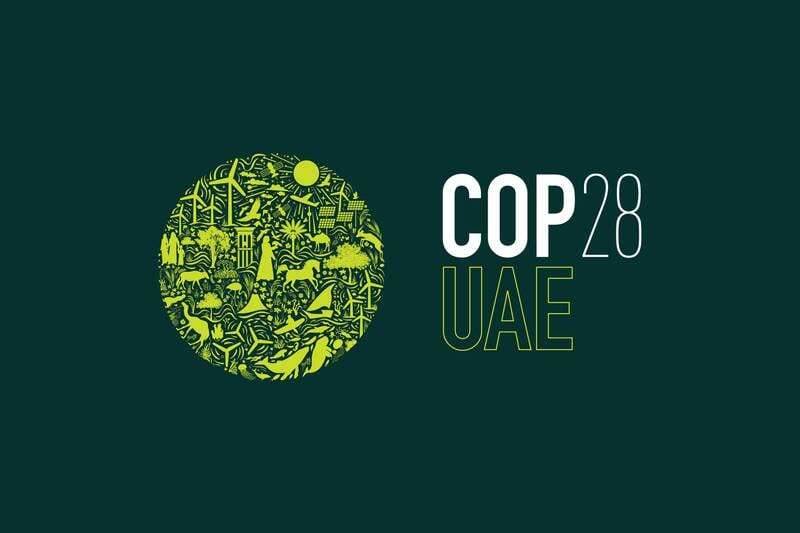
Gustavo Alberto Fonseca is the Director of Programmes at the Global Environment Facility. His responsibilities include overseeing the portfolio of investments in biodiversity, climate change mitigation and adaptation, forests and REDD+, transboundary marine and freshwater conservation, chemicals and sustainable land management. The GEF is involved in 39 projects in Nepal and has provided $217.16 million in funding, in addition to $430.14 million in additional cofinancing. Abhaya Raj Joshi talked to Fonseca on the sidelines of the 24th meeting of the Conference of the Parties (COP) to the UN Framework Convention on Climate Change.
Excerpts:
Could you tell us about the Green Environment Facility and its works?
The Green Environment Facility was created in 1992 during the Rio Convention that established the conventions on Climate Change, Biological Diversity and a year later the the Convention to Combat Desertification. We became the financial mechanism for developing countries so that they can fulfill their commitments to these conventions. Since then, two more conventions were held: the Stockholm Convention on Persistent Organic Pollutants and the Minamanta Convention on Mercury.
We are here at the COP for two reasons. First, we want to hear what the countries want, and their priorities. Second we want to be close to the negotiators and ask what they want the GEF to do.
Every four years, we replenish the GEF with money mostly form developed countries. Just this June, we had the seventh replenishment. We also had the assembly, which has representation from all parties to the conventions, in Vietnam. The COP in Katowice is important as we get to hear from the parties and provide them guidance as sometimes it is tricky to use policy templates and to figure out whether a project is eligible or not. We also follow what is going on with the negations as finance is an important part of achieving climate goals and deliver commitments under the different conventions.
In addition to the GEF, we also run the LDCF (LDC Fund) and the Special Climate Fund to support adaptation managers meet the needs of the people most vulnerable to climate change. We also understand that that these countries need to develop their capacity to meet their commitments to the Paris Agreement and we are ready to help them do that.
LDCs such as Nepal find it difficult to access the funds at it involves a lengthy process. They do not have the capacity to follow through the process. Also, after spending lot of time and energy into the process, it is not certain the application will be accepted. Money spent on the lengthy process could be better utilised somewhere else.
We just completed the seventh replenishment of the GEF. In this cycle, we have a new strategy to facilitate the LDCs’ access to adaptation resources. We understand that LDCs have special needs. We are working with the local accredited agencies to understand their needs and to reach out to them to organise national dialogues. We organise three to four of these a month.
But, we are a small unit; we are housed in one secretariat and have 65 people. There are limits to what we can do. We were conceived as a lean operation; our overhead is 1.7 per cent of the resources.
We know that things do not always happen as planned and we are improving our system so that projects are cancelled after a certain number of months, the country gets its money back and it is not lost in the system.
How do the LDCs like Nepal decide what projects to send to the GEF and what proposals to send to other funds such as the GCF and the Adaptation Fund?
All these funds have their national focal points. They are government functionaries who are entry points through which the funds can be accessed. At this COP, we are organising a session with countries on GCF and the GEF so that we have a structured dialogue on the needs of the counties. Even outside of the COP, there is a high degree of desire on the part of the funds as well as the governments to work more closely.




